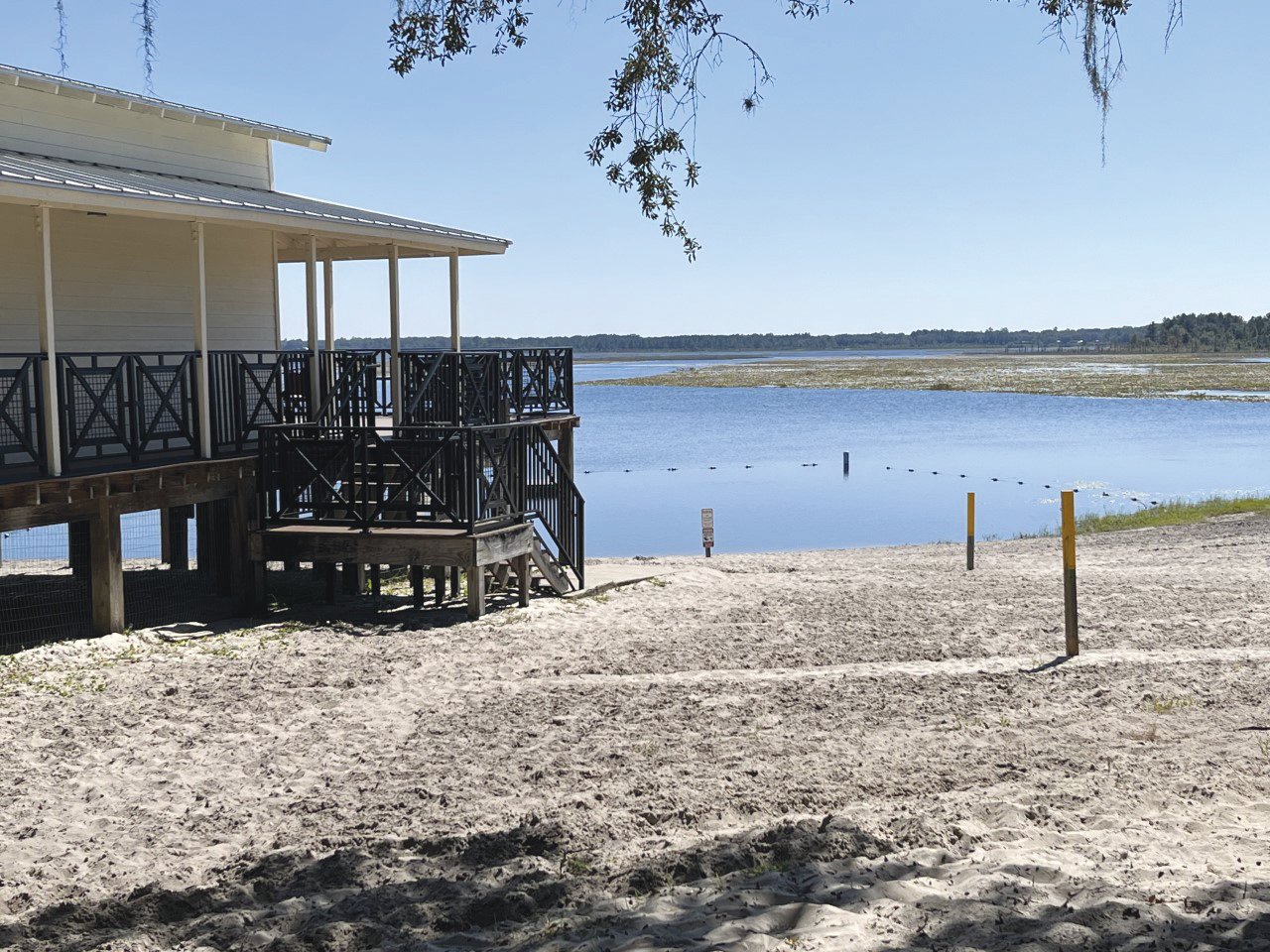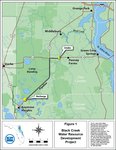Restoration begins: After 40 years, Black Creek project to revive Keystone Heights lakes
KEYSTONE HEIGHTS – Lake Geneva served as a backdrop to the formal announcement the Black Creek Water Resource Development Project was a reality. Once filled nearly to a small seawall, water from …
This item is available in full to subscribers.
Attention subscribers
To continue reading, you will need to either log in to your subscriber account, below, or purchase a new subscription.
Please log in to continueDon't have an ID?Print subscribersIf you're a print subscriber, but do not yet have an online account, click here to create one. Non-subscribersClick here to see your options for subscribing. Single day passYou also have the option of purchasing 24 hours of access, for $1.00. Click here to purchase a single day pass. |
Restoration begins: After 40 years, Black Creek project to revive Keystone Heights lakes
KEYSTONE HEIGHTS – Lake Geneva served as a backdrop to the formal announcement the Black Creek Water Resource Development Project was a reality. Once filled nearly to a small seawall, water from the lake had receded nearly 70 yards to remind residents and dignitaries why they were there.
In about two years, water levels are expected to be returned at Geneva and nearby Lake Brooklyn to the levels that made the tiny city a paradise.
“What a journey,” said former Florida Sen. and Chairman of the St. Johns River Water Management District Rob Bradley said.
Indeed.
After decades of irresponsible use, state, county and local officials finally forged a plan to siphon unneeded water from Black Creek and sending it to the lakes in Keystone Heights. As the population grew in the Lake Region, so did the demands for water. After decades of taking, residents, particularly the Save Our Lakes Organization, created a mission to put a plug in draining the lakes while demanding water levels be replenished.
“This has been four decades or more journey,” said SOLO President Vivian Katz-James. “It’s a big day for a lot of people, not just me, but a lot of people.”
Essentially, the Black Creek project, which was created in 2017, will divert as much as 10 million gallons of water from the South Fork of the Black Creek near the Clay County Animal Control Services on State Road 16, move it through a 17-mile pipeline and filtering system, and dump the water into Alligator Creek, which flows into Lake Brooklyn.
The Keystone Heights lakes recharge the Upper Floridian aquifer and Lower Sante Fe basin through the lake bottom, so the benefits will be felt in surrounding counties as the aquifer improves.
The project, however, took years of debate, negotiating and planning. State and Keystone Height officials, along with the Clay County Board of Commissioners, St. Johns River Water Management District, SOLO and four local utility companies – Clay County Utility Authority, Gainesville Regional Utilities, St. Johns Utilities and JEA – all had to find common ground. The completed project is expected to cost $100 million, and Bradley, Florida Reps. Bobby Payne (Palatka) and Travis Cummings (Fleming Island) helped appropriate more than $48 from the state. The utility companies agreed to pay a total $19.2 million.
Construction of the pump station started on Monday, Oct. 24, just a few yards from Black Creek.
“There were people who really didn’t want this to happen,” Bradley said. “But we brought everybody together. It didn’t matter if you’re a Republican, Democrat or Independent. We didn’t care. We just wanted to save the lakes, right?”
SOLO members started attending SJRWMD meetings nearly 30 years ago. They all wore red shirts and sat in the front row, and each time, they had the same message – save the lakes. They were persistent and unapologetic, but their passion finally made a difference.
“Whether you live here, or you live in Jacksonville or you live somewhere down in Putnam County or somewhere else, you depend on Keystone being a functioning aquifer recharge area for your water every day,” Bradley said. “So this is going to ensure this project from an environmental standpoint that we have appropriate water supply for future generations that are going to be able to come here enjoy Florida and other places, not just our lakes.”
Former SJRWMD Chairman Douglas Burnett was an early advocate to save the lakes. He faced difficult challenges of getting the money and uniformed support to make the project a reality.
“This is a way, not the commotion you see on TV every day in Washington, of elected leaders working for their people and their local groups like Save Our Lakes, working for the good of the community,” Burnett said.
“I’m 78 years old, but I used to ski barefoot right out here (on Lake Geneva). You can’t now. I can assure you, the was water coming down. This has been a journey of teamwork.
“We all got together and came up with the plan. I just can’t believe we’re here today.”
And once the water starts flowing back into the lakes, generations to come will still be in the Lake Region.










